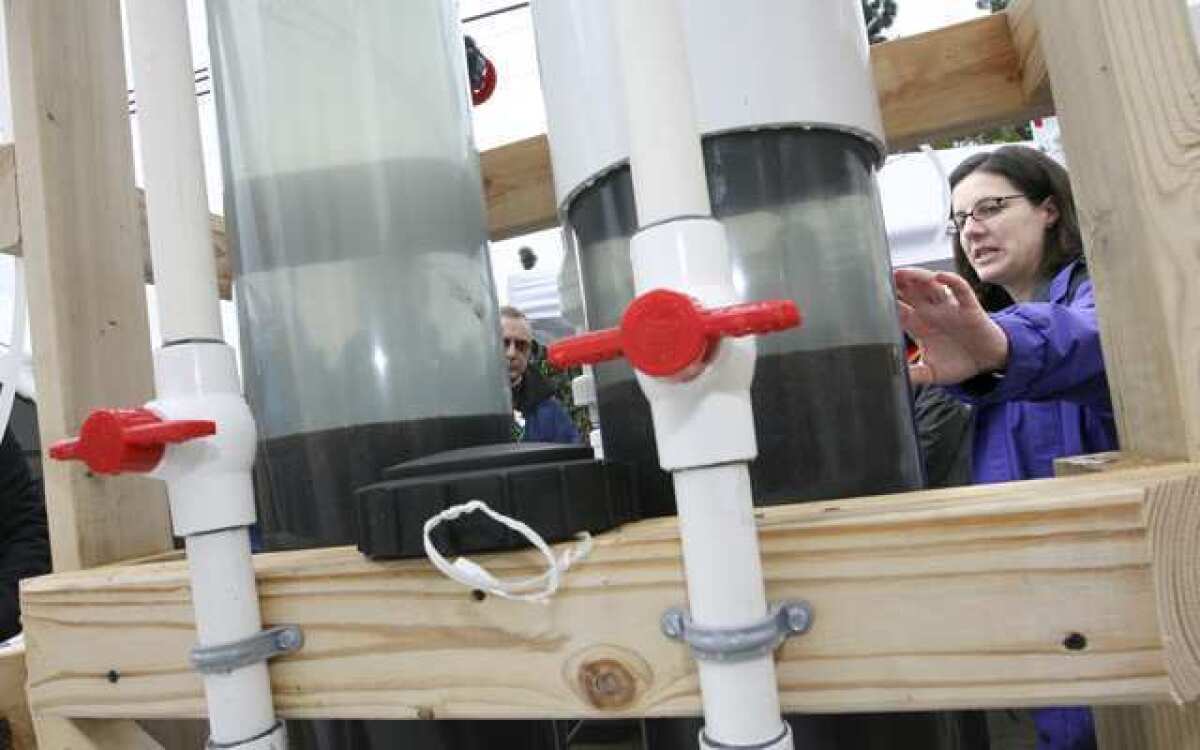Water contamination study nears end

After more than a decade and nearly $9 million, Glendale is nearing the end of its research into the water contaminant chromium 6.
After the City Council this week approved using $536,000 to put the final touches on the research project, officials said it would be the last time they would be dealing with the money side of what has morphed into a national research effort for the most effective — and financially prudent — method for stripping the cancer-causing element from water supplies.
Glendale researchers have been testing two methods for stripping chromium 6 from the city’s groundwater, the results of which will play an important role in how low public health officials set a new cap on chromium 6 contamination.
“We certainly have been at the forefront and contributed quite a bit of scientific data to the process,” said Glendale Water & Power General Manager Steve Zurn at a meeting on Tuesday. “It’s just a matter now of getting someone to make that determination so we can move forward.”
After years of research and coordinating the project, Glendale is ready for it to be over, according to a city report.
The contaminant — made famous by the 2000 film “Erin Brokovich” — seeped into the groundwater supplies in Glendale and other San Fernando Valley cities decades ago during the dominance of the aerospace manufacturing industry.
Glendale already strips chromium 6 from its groundwater using tested methods, in addition to blending it with clean water imports to get the contaminant level far below state and national standards.
But the city may have to do more in the future if the final cap is set below the five parts per billion Glendale’s water is currently at.
Last year, state officials set a public health goal for chromium 6 contamination of .02 parts per billion — far below the current state limit of 50 parts per billion and the federal cap of 100 parts per billion. By law, state officials must get the final limit — planned to be released by July 2015 — as close to the public health goal as economically feasible.
Part of the final step of the project will be researching how much it may cost to get the contaminant level below one part per billion, according to a city report.
That can be achieved through a variety of methods, but they each have their own drawbacks. Glendale officials plan to release another report by the end of the year with new findings and continue working through next spring.
Separately, the U.S. Environmental Protection Agency has been researching the contaminant’s effects on human health since 2007, and monitors nearly 50 wells in the area to decipher the extent of the contamination.
Meanwhile, several officials — including Los Angeles County supervisors and congressional representatives — have been calling for state health officials to set a new maximum contaminant level soon.
“There’s a lot of angst, if you will, about when we’re going to get going on this,” Zurn said.
---
Follow Brittany Levine on Google+ and on Twitter: @brittanylevine.